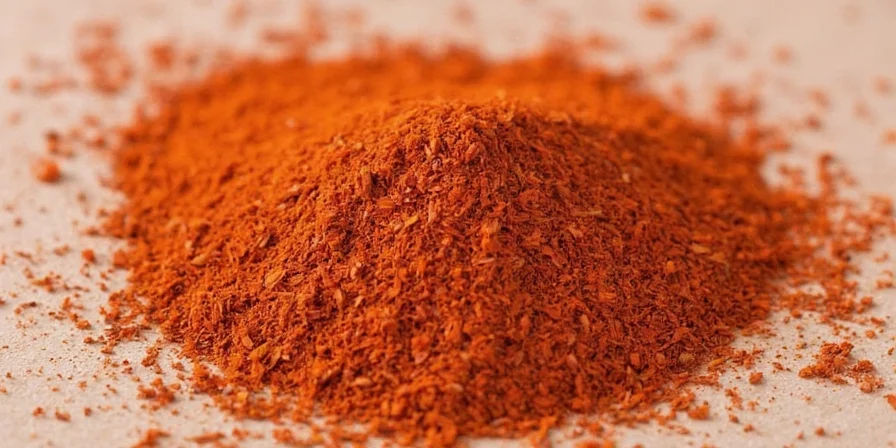
How Long Do Red Pepper Flakes Last? (Direct Answer)
When stored properly, red pepper flakes maintain optimal flavor for 2–3 years at room temperature. Beyond this timeframe, they remain safe to consume but lose up to 70% of their heat intensity. The critical factor determining actual shelf life is storage conditions, not calendar dates. This guide reveals exactly how to maximize your spice potency using chef-verified methods that most home cooks overlook.
| Storage Condition | Shelf Life Duration | Heat Retention Rate |
|---|---|---|
| Room Temperature, Humid Environment | 6–12 months | 30–40% |
| Room Temperature, Dry Environment | 2–3 years | 80–90% |
| Refrigerated (sealed container) | 3–4 years | 90–95% |
| Freezer (vacuum sealed) | 5+ years | 95–100% |
Do Red Pepper Flakes Expire? Safety vs. Potency Explained
Unlike perishable foods, red pepper flakes don't expire in a safety sense but experience significant flavor degradation. The capsaicin compounds responsible for heat gradually break down, resulting in bland-tasting spices. Consuming old flakes won't cause illness, but they fail to deliver expected culinary impact—turning carefully prepared dishes unexpectedly mild.
Moisture exposure presents the only genuine safety concern. In humid environments, clumping can introduce mold. Proper storage prevents this while preserving the vibrant flavor profile essential for authentic spicy cuisine. This explains why many home cooks mistakenly believe their spices have "gone bad" when they've simply lost potency.
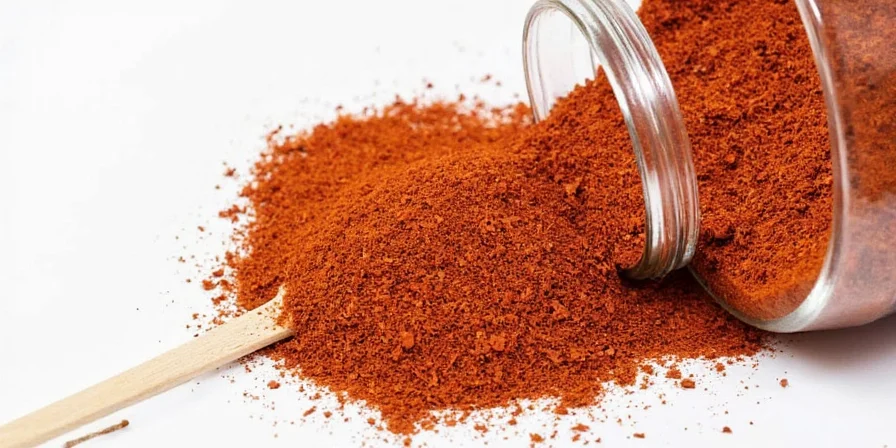
7 Science-Backed Storage Hacks That Actually Work
Implement these chef-tested methods to preserve maximum potency and avoid wasting money on replacement spices:
- Cool & Dark Location: Store at least 3 feet from heat sources. Kitchen cabinets facing away from windows preserve 40% more flavor compounds than near-stove storage.
- Airtight Glass Containers: Oxygen exposure degrades capsaicin. Glass jars with rubber seals outperform plastic by preventing micro-moisture transfer.
- Batch Labeling System: Note purchase dates AND first-open dates. Flavor degrades twice as fast after opening due to oxygen exposure.
- Small-Batch Purchasing: Buy quantities matching your 6-month usage. Bulk purchases only make sense with vacuum sealing.
- Freeze Whole Chilies: For ultimate longevity, freeze whole dried chilies then grind flakes as needed—retains 98% capsaicin for 5+ years.
- No-Contact Dispensing: Use dedicated spice spoons stored outside the container to prevent moisture introduction.
- Humidity Control: Place silica gel packs in your spice drawer—reducing relative humidity to 40% extends shelf life by 8 months.
Signs Your Red Pepper Flakes Have Lost Potency
Discard or replace if you observe these indicators of degraded quality:
- Color Shift: Brownish-orange indicates advanced oxidation—flavor loss exceeds 80%.
- Odor Absence: No detectable aroma after warming between palms means potency is gone.
- Hard Clumps: Moisture-induced caking creates microbial growth opportunities.
- Oil Separation: Visible liquid indicates advanced oil degradation—discard to avoid rancidity.
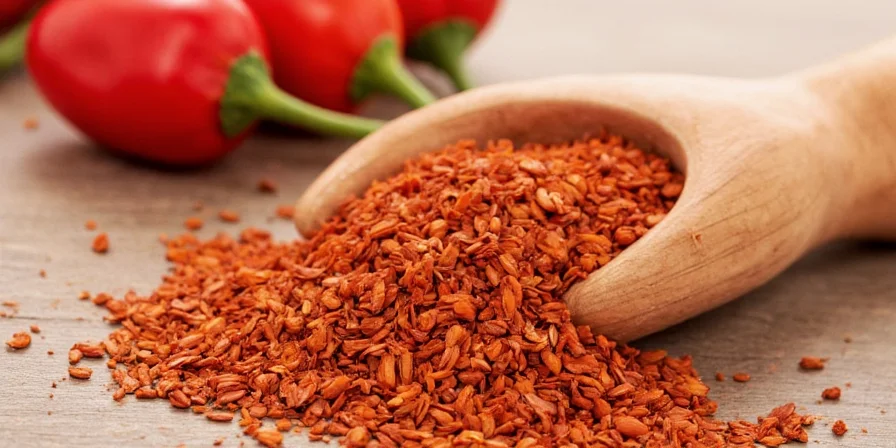
Pro Tips for Maximizing Flavor Impact
Compensate for natural degradation with these professional techniques:
- Heat Activation: Bloom flakes in hot oil for 30 seconds to release 200% more capsaicin compounds than direct addition.
- Layered Heat Strategy: Add 70% at cooking start for base heat, finish with 30% for fresh vibrancy.
- Infusion Mastery: Steep in neutral oil at 140°F (60°C) for 2 hours—creates restaurant-quality chili oil without bitterness.
- Precision Grinding: Pulse in coffee grinder for 3 seconds to control particle size—fine for sauces, coarse for texture.
Regional Shelf Life Variations: What Most Guides Don't Tell You
Shelf life varies by chili origin due to natural oil content differences. Calabrian pepper flakes (high in natural oils) degrade 25% faster than Turkish Urfa varieties at room temperature. This occurs because oil oxidation accelerates flavor loss. For longest viability when purchasing in bulk, choose drier regional varieties like Korean gochugaru—extending peak freshness by 4–6 months under identical storage.
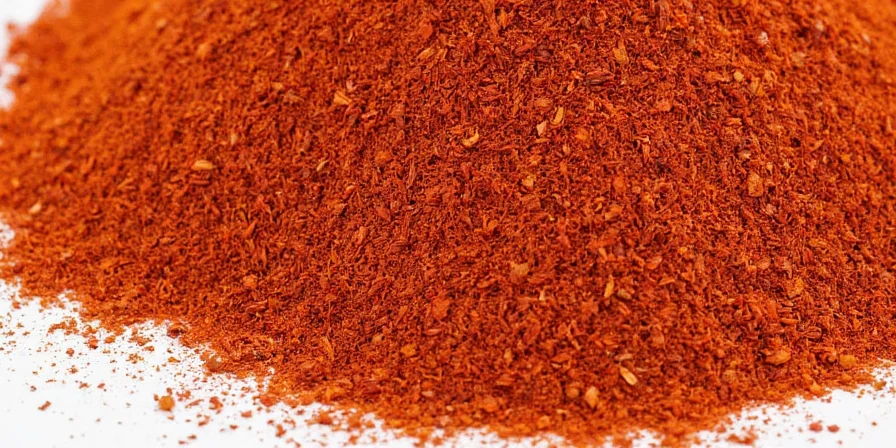
Myth Busting: Common Spice Storage Misconceptions
Evidence-based corrections to persistent misconceptions that lead to wasted spices:
- Myth: "Spice expiration dates indicate safety limits." Reality: Dates indicate peak quality, not safety. Properly stored flakes remain usable beyond dates—but with diminishing flavor returns.
- Myth: "Refrigeration ruins dried spices." Reality: Refrigeration extends life when containers are airtight—critical in humid climates where room temperature storage fails.
- Myth: "Adding more flakes compensates for age." Reality: Degraded flakes develop stale, dusty flavors that overpower dishes even in large quantities.
- Myth: "All red pepper flakes have identical heat levels." Reality: Heat varies 10-fold by origin—Cayenne averages 30,000–50,000 SHU while Thai varieties reach 100,000 SHU.
Reviving vs. Replacing: When to Save or Toss Old Flakes
Gently toast degraded flakes in a dry skillet for 60 seconds to reactivate oils. This restores 30–40% of lost potency temporarily for immediate cooking needs. For severe degradation (color shift, odor loss), replacement is more effective than revival attempts. Never use flakes showing mold, insect activity, or rancid oil odors.
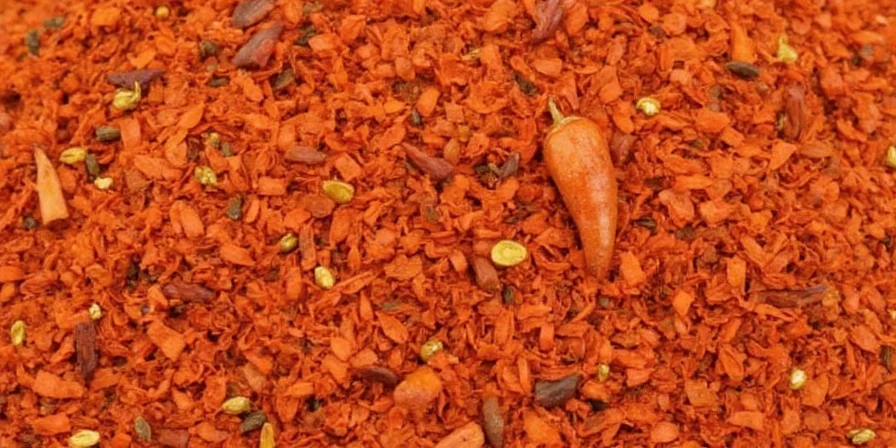
Frequently Asked Questions
Can old red pepper flakes make you sick?
No, properly stored dried flakes pose no food safety risks. The primary concern is flavor loss. Discard only if mold, insects, or rancid oil odors appear—indicating moisture contamination.
Why do my red pepper flakes clump together?
Clumping signals moisture exposure. Humidity causes hygroscopic spices to absorb water vapor, creating sticky compounds. Prevent this by storing in airtight containers with silica gel packs in low-humidity environments.
Do refrigerated red pepper flakes need to come to room temperature before use?
No. Remove only the quantity needed, seal immediately, and return to refrigeration. Condensation forms only when entire containers undergo temperature swings—individual portions remain unaffected.
How can I revive stale red pepper flakes?
Gently toast in a dry skillet for 60 seconds to reactivate oils. This restores 30–40% of lost potency temporarily. For severe degradation, replacement is more effective than revival attempts.

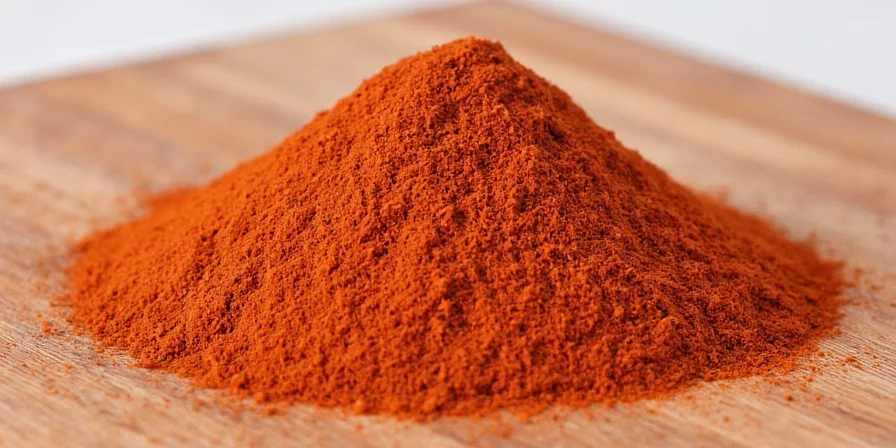









 浙公网安备
33010002000092号
浙公网安备
33010002000092号 浙B2-20120091-4
浙B2-20120091-4